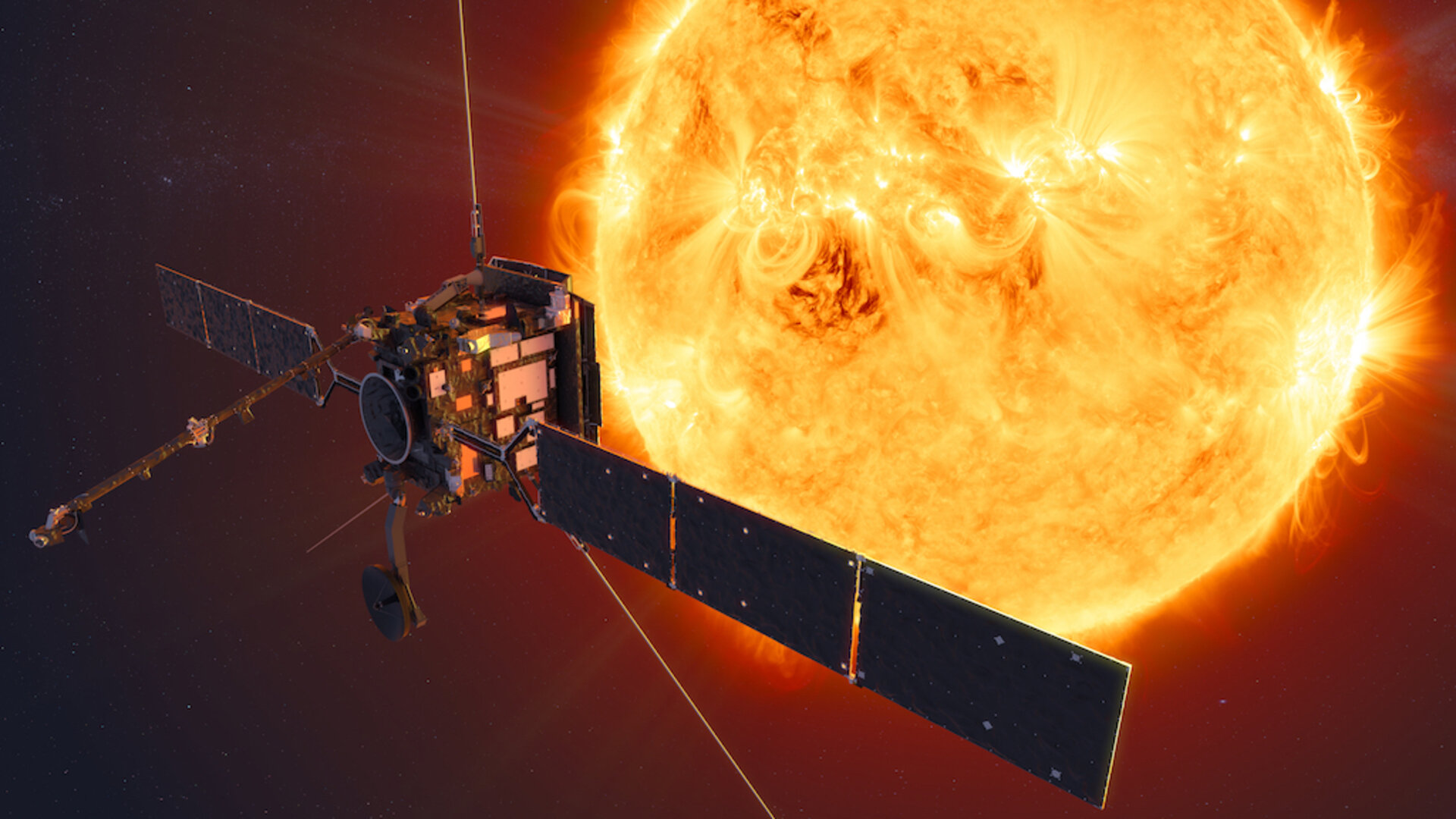SBSP: The Global Space Based Solar Power Race
1st Sep 2022
There seems to be a new race between many spacefaring nations, and it’s not a rocket launch or even a moon landing; it is the fight for space-based solar power (SBSP).
Many nations, such as the United Kingdom, the United States, Russia, China, and Japan are looking into developing technology that could support SBSP in the future to meet Net Zero goals, in favour over ground-based stations. This is because the system would have access to the sun 24 hours a day, without emitting any greenhouse gasses.
The European Space Agency (ESA) is the most recent example of institutions taking steps toward establishing SBSP. Last week, the agency made two announcements. The first was that it had commissioned two studies completed in August to understand the cost vs benefits of the system with two companies.
The second was ESA’s director general Josef Aschbacher posting on Twitter that the agency is set to propose a program called SOLARIS to the Member States at the upcoming ESA Council at the Ministerial Level meeting in November. SOLARIS would establish the “technical, political and programmatic basis of a decision on a European Space-Based Solar Power development programme by 2025”, according to the agency.
What is SBSP?
SBSP is not a new concept, but in recent years, it gained more interest after studies have shown it is now actually a viable solution. Today’s lower launch costs deem it a real possibility.
SBSP was first invented in the late 1960s when Doctor Peter Glaser, a Czechoslovakian scientist and aerospace engineer, converted the Sun’s energy into microwaves that a satellite transmitted back to Earth.
A space-based solar system would be similar, working through solar power satellites in high earth orbit. These satellites, equipped with panels that generate electricity, can transmit power back to Earth with minimal energy loss.
Typical ground-based systems lose significant amounts of energy as it travels through the Earth’s atmosphere, making SBSP a much more attractive alternative.
The reason the idea has been revisited for decades is due to the sun’s 24-hour illumination, unhindered by clouds or night, which is a constant restriction found in ground-based solar power. If adopted, it could provide better power access for remote communities. The system also reduces carbon emissions that are generated from typical electricity sources.
Plus, the ESA says that high-earth orbiting satellites would gain ten times more energy from the sun compared to systems on the ground.
Now that there are cheaper ways of manufacturing a solar station, such as ultra-light solar cells and wireless power transmission. These turn the idea into a reality.
Europe’s plan for SBSP
The ESA’s most recent ‘cost vs benefits’ studies were conducted by UK-based Frazer-Nash and Germany-based Roland Berger. They both concluded that SBSP is a feasible solution.
Frazer-Nash estimated the European system’s net value between 2022 and 2070 at about 149 billion to 262 billion euros. With a proposed constellation of 54 satellites, 601 billion euros is estimated to be generated in benefits. These come mostly from avoiding the costs it takes to produce energy from ground-based panels.
The Roland Berger study looked at a system with one satellite based on existing designs and “substantial advances” in technologies. It could cost 8.1 billion euros to build and 7.5 billion euros to operate for 30 years – a best-case scenario. Without the advancement of certain technology, it could cost up to 65 billion euros to build and operate.
“We have the main building blocks already, but let me be clear: for the project to succeed, much technology development and funding is still needed”, Aschbacher said on Twitter. “It will be up to Europe, @ESA and its Member States to push the envelope of technology to solve one of the most pressing problems for people on Earth of this generation. Much will be on the table at #CM22.”
The ESA also opened an initiative to obtain ideas from the community about SBSP in late 2021. Over 85 ideas were received. Of these, 13 were selected for funding, mostly focused on research, concept development, and proposals.
What are other nations doing?
While no country or space agency has delivered SBSP yet, the concept is ramping up again. This time, many nations proposing different approaches. The UK Space Agency last September announced it had concluded a study that also found SBSP was feasible. UKSA used the same consultancy company as the ESA, Frazer-Nash.
The UK government is slated to spend £16 billion to build a solar power station in space. In July 2022, the agency also began a competition to get the industry involved. The government gave up to £6 million to companies and institutions that can propose feasible SBSP systems and technologies.
Outside of Europe
The US is also inching closer to providing SBSP solutions, almost two decades after previously looking into it. In May this year, NASA announced it would begin a short-term study to evaluate SBSP. However, unlike the UK and the ESA, the nation doesn’t plan on building new technology. It will revisit concepts that were introduced in the past instead.
China, though, is set to complete solar power generation and transmission tests at different orbital altitudes before building a station. The country plans to conduct a ‘space high voltage transfer and wireless power transmission experiment’. This will occur in low Earth orbit in 2028, according to the China Academy of Space Technology (CAST).
Russia’s Roscosmos is also developing plans to build a solar space power plant (SCES). The agency’s Russian Space Systems Holdings (RKS) said the power plant would consist of two segments. There will be one in space at around 70 square meters . This will act as a transmitting module, and one receiving module that will convert the solar energy into electricity.
Interestingly, the station could potentially become a charging station to power other satellites and spacecraft. However, e recent war between Russia and Ukraine may throw this concept into question.
A Tokyo-based not-for-profit, Japan Space Systems, also announced in January this year that it would demonstrate satellite by 2025.
This would be the first technology demonstration of the concept – whilst on a smaller scale – and may push Japan ahead of other nations that are currently investing more into R&D as of yet. Japan’s space agency, JAXA, has also been researching the feasibility of SBSP.
Challenges to come
The biggest challenges that will inevitably arise from the development of SBSP are infrastructure and cost. In fact, according to Green Match UK, launching SBSP would cost around 100 times more than current energy systems. This is because launch will not only be expensive, but the size of the panels needing to get into orbit – especially if they are in geostationary orbit – will be extremely heavy.
These roadblocks are on top of many others, such as space debris interference, sustainability, infrastructure, the existence of an entire ecosystem that can support the technology, and especially the geopolitical climate.
John Mankins was a former NASA scientist and was one of the leaders of the SBSP revolution in the 1990s. Mankins is also the founder of an Australian company called Solar Space Systems, which is set to deliver a solar power satellite into geostationary orbit by 2027.
He told Forbes in 2019 that while geopolitics in space will always be present, “Space solar power would transform our future in space and could provide a new source of virtually limitless and sustainable energy to markets across the world…Why wouldn’t we pursue it?”.







Thank you for your comment! It will be visible on the site after moderation.